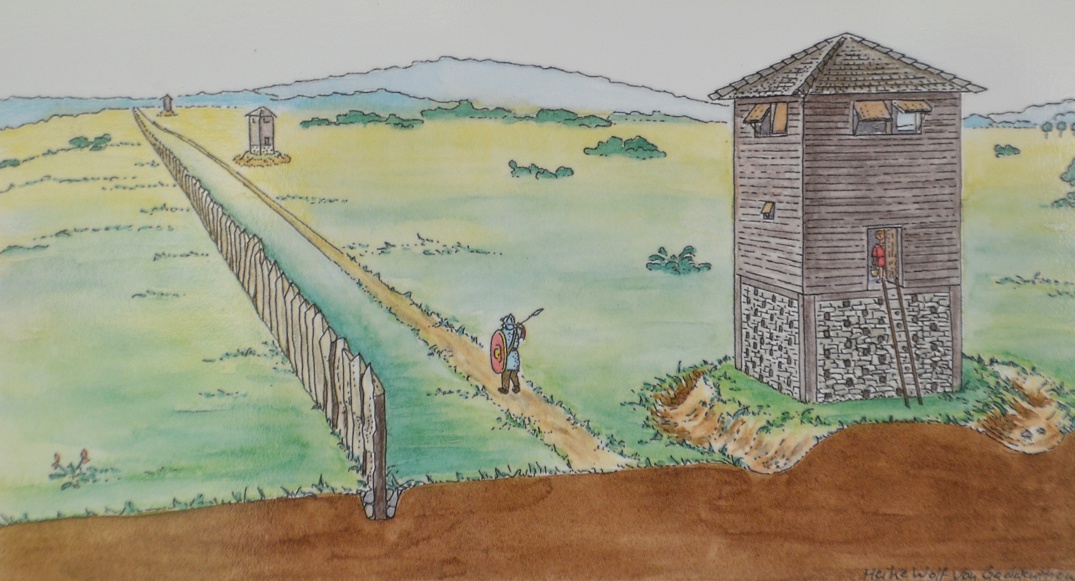Aldarion
Neoreactionary Monarchist

Roman Limes
Limes means road – originally, it really was a road connecting border fortifications with each other. Over time, it began denoting a geographically shaped or fortified border. It is incorrect to us…
 warfantasy.wordpress.com
warfantasy.wordpress.com
Limes means road – originally, it really was a road connecting border fortifications with each other. Over time, it began denoting a geographically shaped or fortified border. It is incorrect to use limes as a term for all borders of the Roman Empire, though the world will sometimes be used in such a manner as well. System of border fortifications fulfilled its functions generally from 1st until 4th century AD, though in places it continued to function until 5th century AD.
In most places, not much has survived of Roman border fortifications. Hadrian's Wall is by far the best known of them, and even it does not approach the preservation of the Great Wall of China. Limes in Germany is for the most part little more than some stretches of slightly raised ground. But when it was in function, stone wall was three meters tall and stretched for hundreds of kilometers, guarded strictly by watchtowers. Wall itself was plastered and whitewashed. Roman engineering was incredibly precise: a 50 kilometre long segment of the wall curves only 92 centimeters away from straight line (curvature of 0,00184%).
Roman borders were guarded by a network of walls, rivers, fortresses and watchtowers. Soldiers had to guard border stretching from Irish Sea to the Red Sea, from Caucasus to the Red Sea, and from the Red Sea to the African Atlantic coast. Best known part of this border is Hadrian's Wall in England, declared by UNESCO in 1987 to be a part of world heritage. In 2005 UNESCO founded a mixed conservatory encompassing 550 kilometers of the German border. But question remains: why were the walls built?
